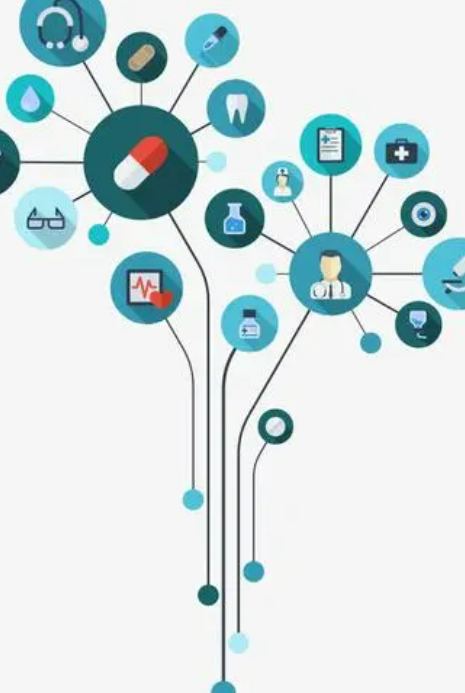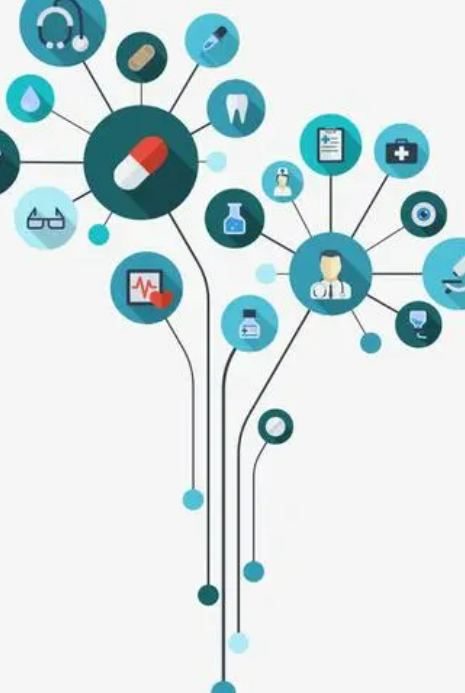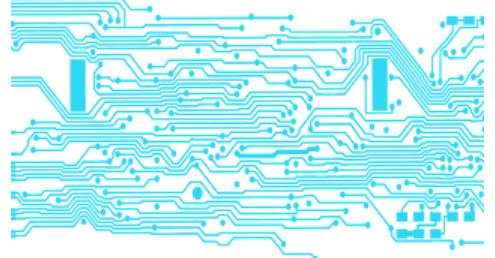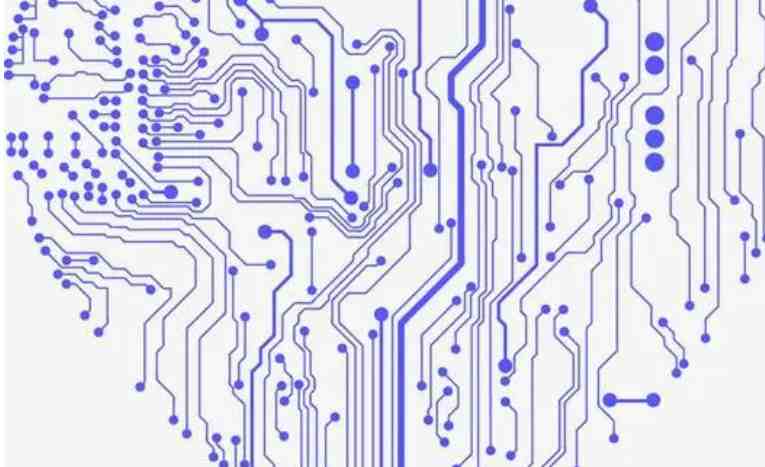
This paper introduces a new maintenance tool, on-line tester, and focuses on the function characteristics of the tester and the methods and steps of using it to repair the circuit board.
1 Functional characteristics of online tester
1.1 Introduction
On-line tester is an instrument for maintenance of PCB board. It can complete the small and medium-sized digital integrated circuit, memory and part of the large-scale integrated circuit chips in/off-line function test, but also any node on the PCB board (welding spot) for V-I curve test, storage and comparison (the so-called online test, refers to the welding of components on the PCB board for testing; Off-line testing refers to the testing of components separated from the PCB board). The block diagram of its principle structure is shown in Figure 1.
(1) Functional Testing (ICFT)
After driving principle is used to drive the circuit, the output of the gate is analyzed and the result is obtained. The principle of rear drive is to make the circuit change according to the intention of the tester, forcing the level of its input terminal to change high or low, so as to "isolate" the gate under test from the surrounding circuit, to see whether its output and input meet the specified logical relationship, so as to complete the logic function test of the circuit chip.
(2)VI curve test (V-I)
The fault point is judged by the comparison form. The comparison process is as follows: First, two nodes on a PCB board that works properly are tested to obtain the voltage (V) -- current (I) relationship curve, and the test results are saved as the standard in the future comparison operation. When the same type of PCB board fails, the online tester can be used to carry out VI test on any two nodes of the faulty board, and at the same time, the VI curve between the corresponding two nodes of the normal PCB board is called up for comparison. If the comparison result exceeds the normal range, the two nodes should be one of the fault points.
(3) Memory test
For random read/write memory (RAM), write/read method is used to test, that is, first write a data to the storage unit, and then read to see whether the two data is the same. If different, the memory has a fault. For read-only memory (ROM), the contents of its memory unit are read out and stored in the computer. Compared with the contents read from the corresponding memory on the faulty circuit board in the future, the same indicates no problem.
(4) State test
By testing the level state of each pin of the device, and compared with good devices to distinguish.
(5) User-defined test
The on-line tester also provides a digital circuit function test platform. Users can define the excitation of input pin of the device under test and describe the logical relationship between output and input. If it is logical, the device is fine. ?
2.1 Basic Principles
(1) Power supply before test - this is an important principle in the maintenance process. That is, before using the tester to test, the working power supply of the circuit chip should be checked first. If the power supply is short circuit, the instrument may be damaged during the power-up test.
(2) Test before analysis -- that is, test the PCB board first, and then analyze according to the test results, and then determine the fault location.
(3) Diagnosis before treatment -- reduce the fault to the minimum scope as far as possible, and then replace the components when there is a greater certainty. ?
2.2 Maintenance Methods
(1) Offline before online -- Due to the high accuracy of offline test, the pluggable devices on the board should be removed for offline test, and then other components on the board should be tested.
(2) Interface before components -- During maintenance, it is best to conduct VI curve test on each interface pin on PCB board. Because many faults are caused by the interface circuit, testing the interface first can sometimes quickly identify the fault.
(3) Discrete before integration -- Test discrete components first, then test integrated chips, because discrete components have a higher failure rate.
(4) Function first before VI -- that is, it is better to carry out function test on the integrated blocks that can be functionally tested on the PCB board, and then carry out VI curve test on the integrated blocks that cannot be functionally tested. Because the results of functional testing are more intuitive and reliable, it ensures faster fault finding.

3.1 Preparations before maintenance
(1) If the components on the PCB board do not have labels, the PCB component location diagram should be drawn, and the number should be marked on the diagram. During the test, the labels can be used for identification.
(2) Establish a comparison library. This is an important task before using on-line tester for PCB board maintenance. The so-called library construction means that through testing normal PCB board, test results such as pin status of components on the board, VI curve waveform and data in read-only memory are archived, so as to be called out for comparison and analysis with the faulty board during maintenance.
(1) Understanding. When a PCB board needs to be repaired, it should be clear about the fault phenomenon, and carefully observe whether there are obvious faults on the board, such as burning, blown fuse, loose plug-in or disconnected connection.
(2) Measure the power supply. Use a multimeter to check whether the power supply of components on the PCB board is short circuit.
(3) Off-line test. Remove the pluggable device from the board and conduct off-line test.
(4) Online test. Test other components on the board to determine the fault point. Figure 2 shows the fault locating process.
(5) Trial operation. When the fault point is determined and removed, it must be run online to verify whether the fault is completely removed. If it still does not work properly, repeat the preceding steps to locate the fault.
(6) Sort out records. During the testing process (including the construction of a comparison library), records should be made while testing, especially if there are suspicious places, more detailed records should be made of the phenomenon observed during the testing. Finally, the records are sorted out and saved for reference when the same type of template or similar fault occurs in the future.
(1) Before the test, use a multimeter to check whether the working power supply of components on the board is short circuit. If there is, it should be excluded first.
(2) During the power-on test, touch the surface of the components to check whether there are overheated components. If there are, the overheated components should be excluded or removed first.
(3) If there is an oscillator on the board, first remove or short circuit it, so that it stops working. Prevent pulse during test, which may affect test results.
(4) Check whether there is battery powered memory on the circuit board. If there is, ask the relevant personnel whether the internal data is useful. If it is useful, do not test it. Otherwise, the data may be modified or lost.
(5) Because there are certain differences in the number of characteristics of components of the same model, in the VI curve comparison test, the curve of the corresponding node of each board of the same model is different. Generally, when the difference between the two curves is large, it is considered that this point may be one of the fault points.
(6) When VI curve is tested, its voltage-current curve usually takes the on-board power source as the reference point. However, the resistance value between some components or interfaces on the board and the power supply is very large or disconnected. In this case, a circuit node can be defined as a reference point.
(7) In online functional test, there are two possibilities of "illegal power supply or anchor" : (1) The test clip is not well clipped the device under test, resulting in poor contact. (2) The device does have other pins (except the device itself working power supply and foundation) connected to the power supply or ground, the solution is to temporarily disconnect these pins from the power supply or ground, and then test.









